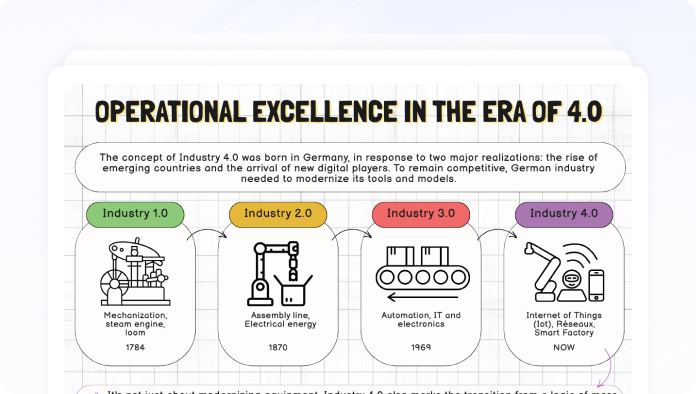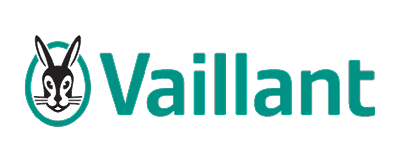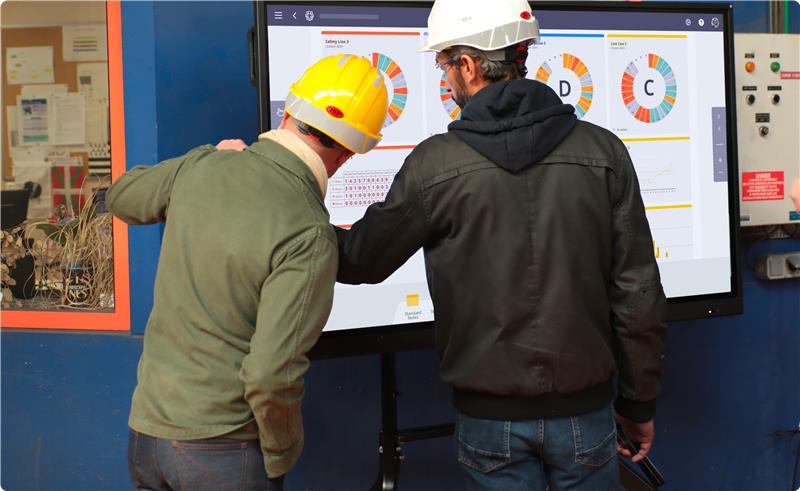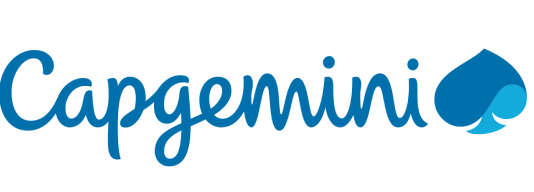The Vaillant Group, a major industrial player in Europe, is recognized for its innovative solutions in the field of heating, ventilation and air conditioning. Present in more than 60 countries, the group relies on a network of 10 production sites in France, Germany, Slovakia, China, the United Kingdom and Turkey, and mobilizes several thousand employees worldwide. With an industrial history of more than 150 years, Vaillant combines manufacturing heritage and technological modernity to meet the energy challenges of tomorrow.
In parallel with its product development, the group has made operational excellence a strategic pillar. In 2012, it structured a VPS (Vaillant Production System) approach in order to align its field practices across its various sites. But it was in 2020, in the context of the global health crisis, that the group identified a critical weakness: its managerial routines, based on paper tools and physical rituals, were paralyzed.
The digitalization of SIM (Short Interval Management) then becomes obvious, not as a technological response to a one-off problem, but as a strategic opportunity for sustainable transformation. The objective? Rethink field performance management, making it more collaborative, more resilient, and more connected — while remaining faithful to the spirit of Lean management.
From paper to digital SIM: a field-driven evolution
Paper SIM: a structuring, but localized, Lean system
The COVID crisis: revealing the fragilities of paper SIMs
In March 2020, the global lockdown forced an immediate questioning of these practices. The abrupt end to physical exchanges completely disorganizes the managerial structure. SIM routines collapse, and support functions are no longer accessible. The land is isolated. It is the supervisors themselves who are sounding the alarm:
“We can’t get by anymore, we feel like we’re abandoned. We need to revive the SIMs. »
Faced with the emergency, “COVID-compatible” SIMs are being relaunched under unprecedented conditions: floor markings, disinfection of pencils, strict compliance with distancing. But this response, although salutary, quickly shows its limits. The experiment highlights the fragility of the paper model in volatile contexts. This period acts as a strategic trigger : it is becoming clear that the way we manage the field must be rethought to make it more resilient, accessible and agile, whatever the circumstances.
Post-crisis thinking: rethinking CSAs before digitizing
Going against the tide of purely technological reflexes, Vaillant chooses not to digitize immediately. An essential condition is set by Bruno Leroux and his superiors:
“We will not digitize a system that the teams do not yet understand.”
The team redefines the fundamentals of SIM in paper mode: clarification of roles, creation of coherent routines on several levels of management, empowerment of facilitators. The system is no longer just a reporting tool; It becomes a lever for leadership, appropriation of performance and active problem solving. It is this structured but organic managerial overhaul that gives rise to a more robust field culture. A culture ready to welcome a digital tool not as a revolution, but as the logical continuation of an already living system.
The right time to go digital
Large-scale deployment, in 6 languages across 10 sites
After the success of the pilot in Nantes, the deployment of the digitized SIM system has gradually been extended to the entire industrial network of the Vaillant group. This deployment was not imposed, but guided by the maturity of the sites and their own desire to be part of this transformation dynamic. Far from being a simple duplication of the Nantes model, each site has been supported according to its cultural, organizational and technical specificities, within a coherent methodological framework.
Adoption has been incremental, first in Slovakia, then in Germany, the United Kingdom, China, and soon in Turkey. The cultural and linguistic diversity of the group did not dampen the momentum – on the contrary, it enriched practices and ideas. By integrating 6 languages, the digitized system has made collaboration more fluid while respecting local contexts.
What makes this success even more remarkable is that the entire deployment was carried out remotely, in the midst of the post-COVID period, with travel restrictions and constrained budgets. Thanks to Lean governance managed from headquarters, weekly rituals, and active sharing of best practices, the dynamic has expanded in a robust and autonomous way.
The figures speak for themselves:
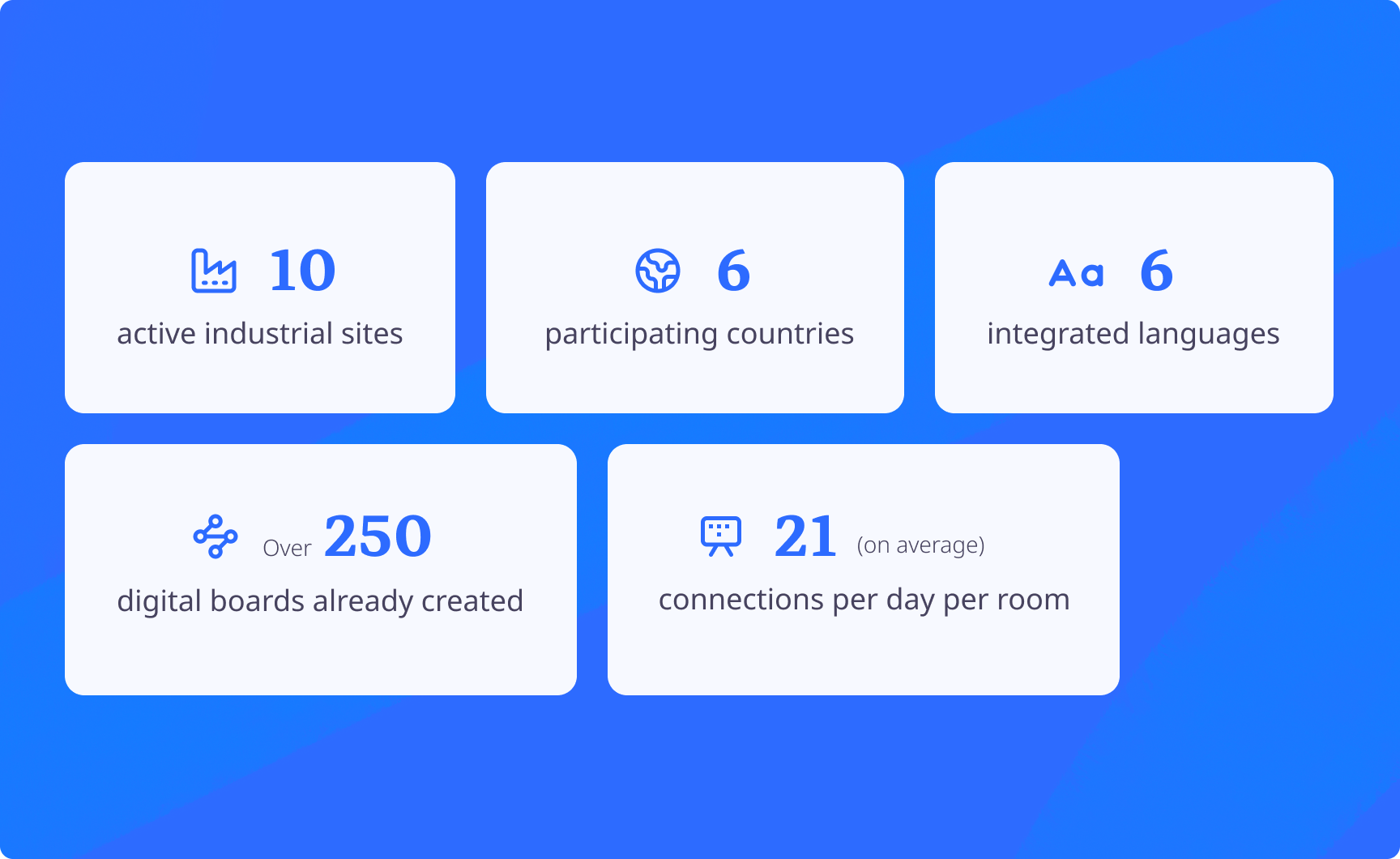
Why was iObeya chosen by Vaillant?
Ease of use, zero development
Security & Scalability
The Vaillant Group’s information system required a solution that could easily integrate with its existing technology ecosystem. iObeya has corresponded thanks to its compatibility with Microsoft Azure, Power BI, and other software bricks used internally. This fluid integration not only makes it possible to centralize data from SIMs, but also to use them in a logic of advanced analysis and global management.
At the same time, iObeya complies with high cybersecurity standards (ISO 27001), which are essential for a company present in several countries with varied regulatory requirements. This makes the solution as technically reliable as it is functionally flexible.
Enhanced support
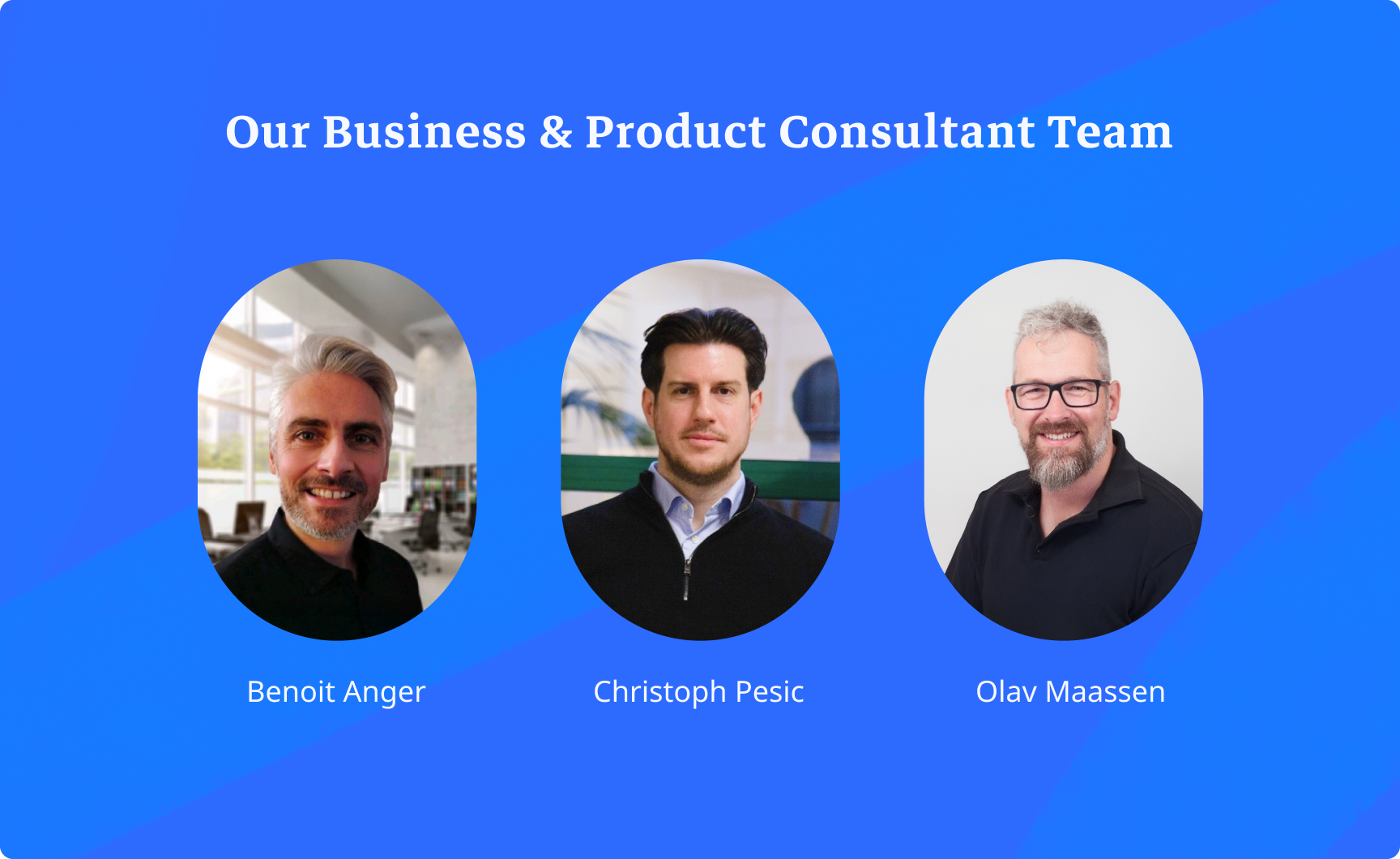
This partnership approach, based on listening to the field and respecting the specificities of each site, made it possible to anchor the managerial foundations in the long term before introducing the digital solution, at the most opportune time.
It has also made it possible to respond to concrete challenges: reactive technical support, multicultural adaptation, integration with the group’s tools and support for the standardization of practices.
Month after month, the collaboration has been strengthened, driven by a common objective: to achieve a solid and sustainable operational transformation, at the service of the field teams.
Key lessons from the Vaillant project: human transformation above all
It's not an IT project, it's a managerial transformation
At Vaillant, the digitalization of SIMs has never been approached as an IT project but above all as a project to transform managerial practices. Too often, digital initiatives are driven exclusively by IT teams, forgetting the real needs of field users. The risk? Installing high-performance solutions… but which are neither used nor useful.
To avoid this, the project was led by operational managers, close to the field, capable of understanding the realities of the workshops and teams. Their priority has been to strengthen management routines, clarify roles and give meaning to indicators. It was only once this foundation was in place that digitalization came into play, as a support tool and not a goal in itself.
An organic, non-imposed deployment
The real ROI? Team commitment
More than KPIs, it is the evolution of managerial behaviors that testifies to the success of the project. When a German supervisor dares to tell his quality manager:
“These reporting indicators don’t help me. I manage my operations with what I understand.”
… then we touch on the very essence of Lean: appropriation, responsibility, and autonomy in action. This is where the real return on investment lies: in teams that feel legitimate, trained and actors in their performance.
Conclusion: A modernized Lean culture, at the service of performance
Vaillant’s SQCDP 2.0 project embodies a model of excellence adapted to today’s industrial challenges. It is based on:
- A coherent and shared visual control system,
- A structured and empowering local animation,
- And a flexible digital tool, which supports without supplanting the role of management.
This alliance makes it possible to create a living ecosystem, where ideas circulate, tools evolve, and teams take ownership of their environment. The proof? Some factories, which have reached maturity, are asking to expand their scope : new rooms, new uses, new rituals. The transformation does not stop, it regenerates.


